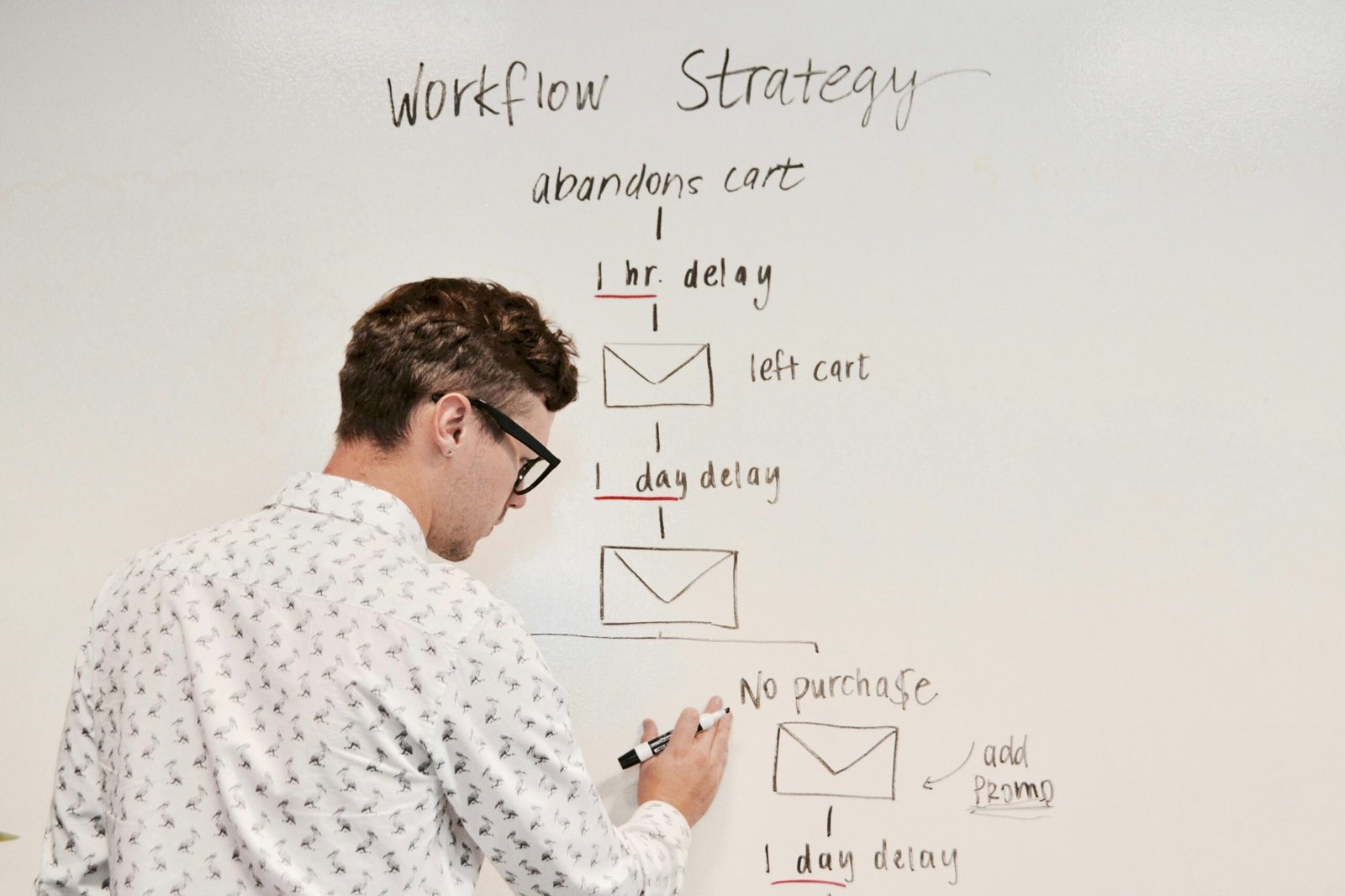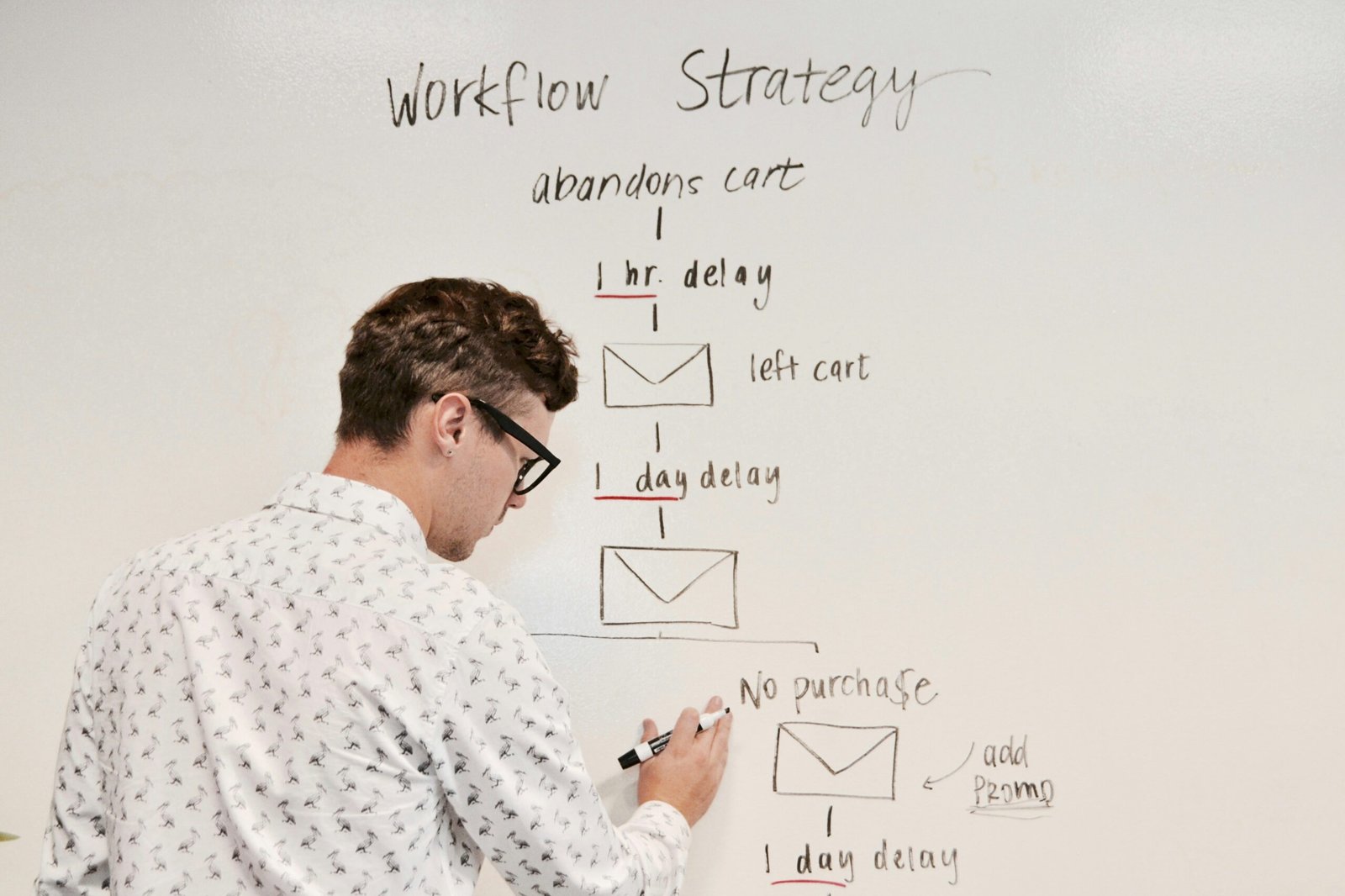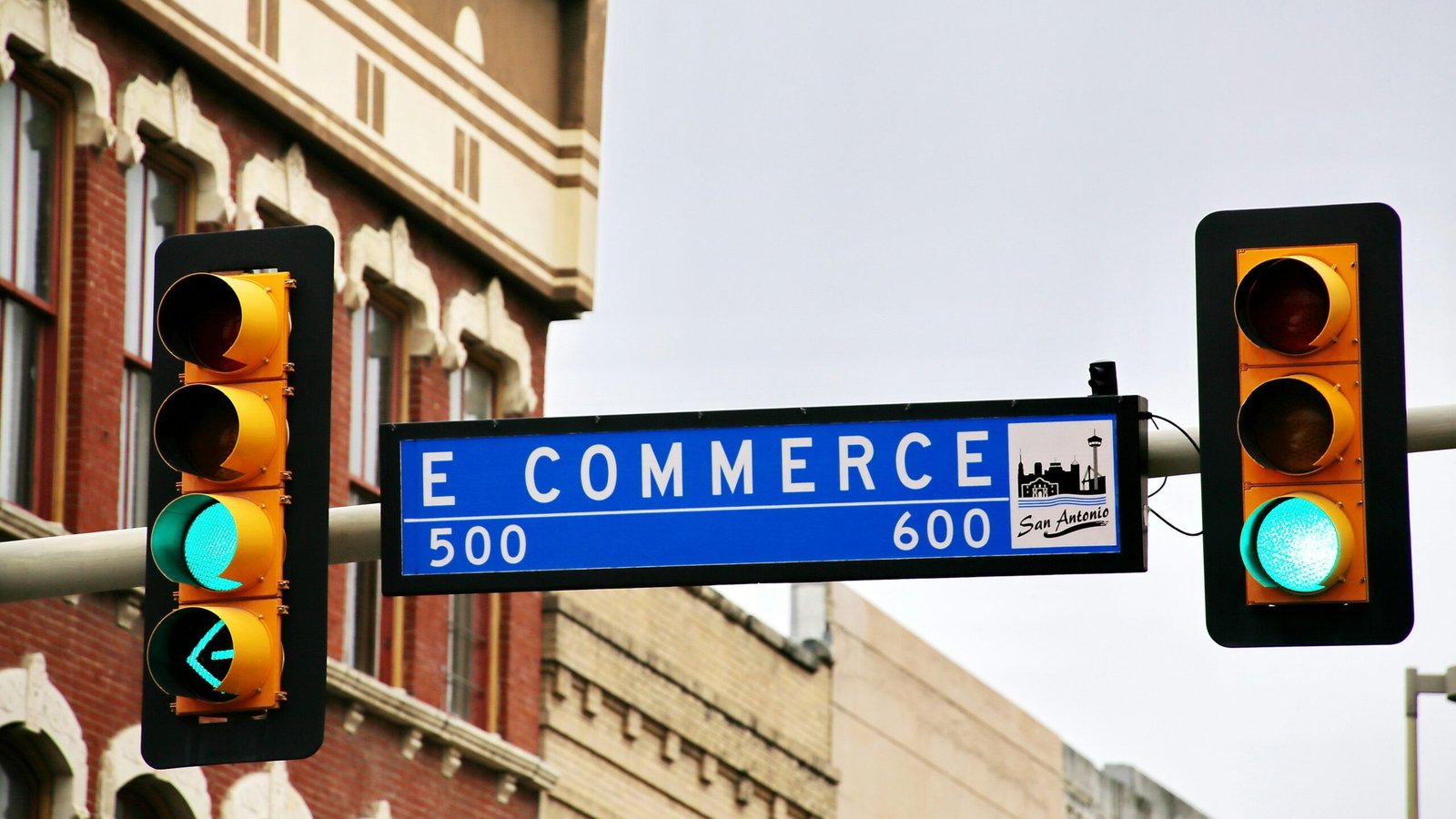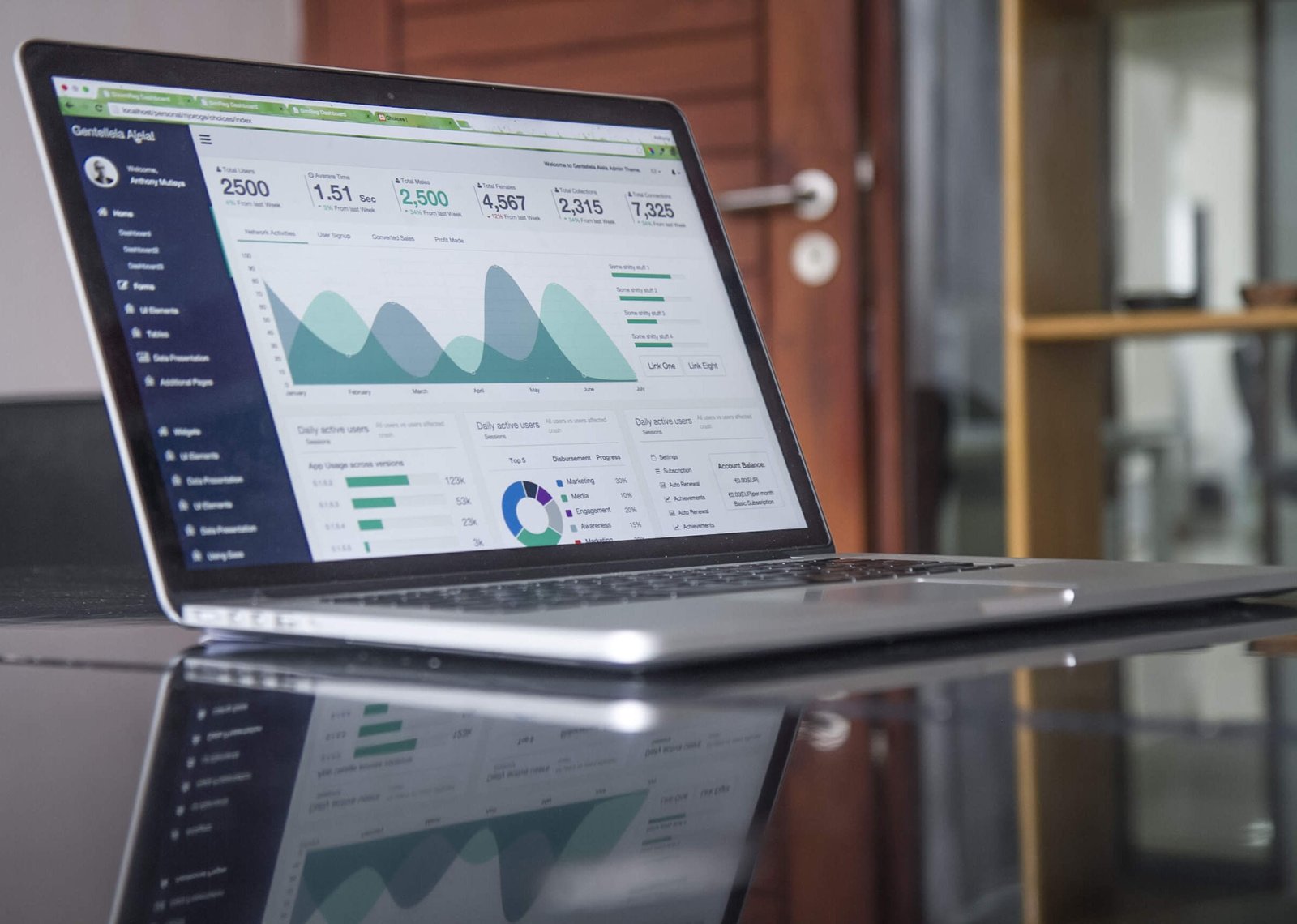SaaS Funnel Optimization: Key Strategies to Convert Leads into Customers
Introduction to SaaS Funnel Optimization
In the realm of Software as a Service (SaaS), a sales funnel is a crucial framework that outlines the journey prospective customers take from initial awareness to final purchase. This funnel typically consists of several stages: awareness, interest, consideration, intent, evaluation, and, lastly, the purchase decision. Each stage represents critical touchpoints where interactions between the customer and the business occur, and optimizing these interactions can significantly influence the conversion rates experienced by SaaS companies.
Optimizing the sales funnel is not merely an operational task; it directly impacts the scalability and growth potential of SaaS businesses. As competition in the SaaS market intensifies, understanding and enhancing the funnel dynamics becomes imperative. By streamlining the sales funnel, SaaS entrepreneurs can identify bottlenecks that hamper progress and implement targeted strategies that nurture leads effectively. This ultimately fosters a smoother transition from one funnel stage to the next, enhancing the user experience and promoting greater engagement.
Moreover, an optimized sales funnel allows SaaS companies to provide tailored solutions that meet the specific needs of their audience. By analyzing user behavior and feedback throughout the funnel, businesses can refine their offerings, adjust marketing tactics, and align sales processes with customer expectations. This strategic alignment not only maximizes conversion rates but also increases customer satisfaction and retention, thereby contributing to long-term success and upward scalability.
As we delve deeper into the strategies for SaaS funnel optimization, it is critical for decision-makers to prioritize this aspect of their business. By investing in funnel optimization, SaaS companies position themselves to not only attract but also convert leads into loyal customers, consequently elevating their market presence and performance.
Understanding the SaaS Sales Funnel
The SaaS sales funnel comprises several pivotal stages that guide potential customers from initial awareness of a product to the final purchase. Each stage plays a critical role in converting leads into loyal customers. The first stage, Awareness, is where prospective clients first learn about a SaaS solution. This could occur through various channels such as social media, online ads, or word-of-mouth referrals. In this stage, the focus is on reaching a broad audience to create a strong understanding of the product’s existence and value proposition.
Once awareness is established, leads progress to the Interest stage. Here, potential customers engage with the content provided by the SaaS provider, which may include blog posts, videos, or webinars. This engagement is crucial as it helps in piquing interest in the software and illustrates its applicability to their needs. Following this is the Consideration stage, where leads evaluate different SaaS solutions, comparing features, benefits, and pricing against their requirements. Prospective clients may seek product demos or free trials during this phase to gain firsthand experience of the software.
As leads move through the funnel, they enter the Intent stage. At this point, potential customers demonstrate a strong inclination towards purchasing a specific solution. This is often when SaaS providers can capitalize on targeted messaging tailored to clarify any lingering questions and reinforce the value of their offerings. The Evaluation stage follows, wherein leads conduct a more in-depth analysis, often soliciting feedback from existing users or creating a shortlist of software that suits their needs.
Finally, in the Purchase stage, the decision-making process culminates as customers finalize their choice and commit to the subscription. Unique characteristics of the SaaS industry, such as subscription models and recurring billing, influence this journey. The sales funnel not only outlines the pathway from lead generation to sales but also informs businesses about the strategic optimizations necessary for enhancing customer acquisition efforts.
Identifying Bottlenecks in the Funnel
In the competitive landscape of Software as a Service (SaaS), understanding and optimizing the sales funnel is crucial for effectively converting leads into loyal customers. Bottlenecks within the funnel can pose significant barriers to success, making it essential for companies to identify these pain points to enhance user experience and improve conversion rates. The first step in identifying bottlenecks is to leverage analytics tools that track customer interactions along different stages of the funnel.
Tools such as Google Analytics, Mixpanel, or specialized SaaS metrics platforms can provide insights into user behavior. By analyzing key performance metrics such as drop-off rates, page load times, and user engagement levels, SaaS companies can pinpoint exactly where prospects lose interest or encounter obstacles. For instance, a significant drop in user engagement on a specific page may indicate that the content is not resonating or that the user interface is confusing.
Furthermore, implementing funnel visualization techniques can aid in understanding user flow. This involves monitoring how leads transition from one stage to another and identifying stages with unusually high exit rates. Analyzing session recordings and heatmaps can also shed light on areas where users struggle, allowing companies to make informed adjustments to improve navigation and overall experience.
Moreover, customer feedback can be an invaluable resource in this process. Surveys and direct interviews can help uncover insights into user satisfaction and areas for improvement. By synthesizing quantitative data from analytics tools with qualitative feedback, SaaS businesses can gain a comprehensive understanding of their sales funnel’s performance.
Addressing bottlenecks requires a proactive approach and continuous monitoring, as customer behavior might shift over time. Regular audits of the funnel, coupled with iterative improvements, will ensure a smoother customer journey, ultimately driving better conversion rates.
Enhancing User Experience and Engagement
In the dynamic realm of SaaS, enhancing user experience (UX) is a critical component for converting leads into customers. A well-designed website, characterized by an intuitive layout and seamless navigation, facilitates ease of use, thereby encouraging potential customers to engage more deeply with the product. When leads encounter a cluttered or confusing interface, the likelihood of abandoning the funnel significantly increases. Therefore, prioritizing a clean and appealing design can make a substantial difference in user retention and conversion rates.
Effective website design should also take into account the importance of mobile responsiveness. As more users access services through mobile devices, ensuring that interfaces adapt smoothly to various screen sizes is essential. Engaging content plays a pivotal role in this process as well. Clear, persuasive messaging, supported by high-quality visuals, can effectively communicate value propositions to potential customers. In addition to static content, interactive elements, such as videos or product demos, can yield higher engagement levels, allowing users to experience the product first-hand before making a commitment.
Another vital aspect of enhancing UX is implementing intuitive navigation that directs users through the different stages of the sales funnel effortlessly. A well-organized menu structure and strategically placed call-to-action buttons guide leads toward action, whether it’s signing up for a trial or accessing additional resources. Utilizing A/B testing can help identify which designs and layouts yield the best results, enabling continuous improvement. Several notable SaaS companies have successfully employed these strategies, resulting in increased conversion rates and satisfied customers.
In conclusion, focusing on user experience and engagement by optimizing website design, navigation, and content not only boosts the chances of leads advancing through the funnel but also fosters lasting relationships with customers. This strategic approach is essential in the competitive SaaS landscape, where delivering an exceptional user experience can set a business apart from others.
Leveraging Marketing Automation Tools
In the realm of SaaS funnel optimization, marketing automation tools play a pivotal role in streamlining communication and enhancing lead nurturing through the sales funnel. These tools allow businesses to automate repetitive tasks, personalize customer interactions, and ultimately convert leads into paying customers more effectively.
One of the most powerful capabilities of marketing automation is the ability to create personalized email campaigns tailored to the specific needs and behaviors of leads. By segmenting contacts based on their interactions with your content or their position within the sales funnel, automated email sequences can be designed to educate, engage, and guide potential customers. For instance, a lead who has shown interest in a particular feature can receive targeted content that demonstrates how that feature meets their needs—ultimately increasing the likelihood of conversion.
Additionally, the integration of chatbots within marketing automation frameworks offers another layer of personalized interaction. Chatbots can swiftly respond to inquiries, provide product information, or even assist leads with onboarding processes, ensuring that potential customers receive timely and tailored support. This immediate engagement can significantly enhance the customer journey, addressing pain points before they escalate and helping to keep leads within the sales funnel.
Furthermore, integrating customer relationship management (CRM) systems with marketing automation tools fosters a seamless flow of information between marketing and sales teams. CRM integrations enable the tracking of customer interactions and behaviors, allowing businesses to gain actionable insights that can inform their marketing strategies. This data-driven approach ensures that communication is tailored and relevant at every stage of the funnel, ultimately leading to higher conversion rates.
Incorporating marketing automation tools into your SaaS funnel optimization strategy not only enhances lead engagement through personalized communication but also improves overall operational efficiency, making the process of converting leads into customers more streamlined and effective.
Utilizing Data-Driven Decision Making
In the competitive landscape of SaaS, optimizing the sales funnel necessitates a rigorous approach to data analysis. The reliance on data-driven decision-making is paramount for organizations seeking to enhance their funnel performance and convert leads into customers. A fundamental aspect of this approach involves A/B testing, which allows marketers to evaluate different variations of their funnel strategies. By systematically comparing two or more versions of landing pages, email campaigns, or call-to-action buttons, businesses can discern which elements resonate best with their audience. This empirical method not only identifies the most effective components but also provides insights into user behavior and preferences.
In addition to A/B testing, gathering and analyzing user feedback plays a critical role in refining funnel optimization strategies. Direct feedback from users can reveal pain points and highlight areas where the funnel may be falling short. Surveys, interviews, and usability tests provide qualitative data that, when combined with quantitative metrics, create a comprehensive understanding of the customer journey. These insights are invaluable for tailoring marketing messages and ensuring that the funnel aligns with user expectations and needs.
Segmentation of customers based on data is another vital strategy in the optimization process. By categorizing leads according to various criteria—such as demographic information, engagement levels, and purchase history—marketers can develop targeted campaigns that address the specific needs of each segment. This personalized approach not only enhances the customer experience but also increases the likelihood of conversion, as communications become more relevant and compelling to the audience.
Employing data-driven methodologies such as A/B testing, user feedback integration, and customer segmentation allows businesses to make informed decisions that significantly improve funnel performance. These strategies ensure that every step of the funnel is optimized to move leads closer to becoming loyal customers.
Creating Compelling Calls to Action (CTAs)
In the realm of SaaS funnel optimization, effective Calls to Action (CTAs) play a crucial role in converting leads into customers. A well-crafted CTA not only guides potential customers towards the next step in their journey but also provokes the necessary action that leads to engagement and conversion. Therefore, understanding how to create compelling CTAs is essential for any SaaS business striving to enhance its sales funnel.
One of the best practices for writing CTAs is to ensure that the language is clear, concise, and action-oriented. Phrases such as “Start Your Free Trial,” “Get Started Now,” or “Subscribe Today” are direct and compel users to take immediate action. Furthermore, using first-person language can enhance the personal connection with potential customers, making them feel more involved. For example, “Get My Free Trial” can be more engaging than generalized wording.
Placement of CTAs within the funnel is another crucial factor to consider. High-converting CTAs should be strategically positioned at key points where potential customers may require guidance. This could be on landing pages, in emails, or within product demos. The objective is to create opportunities for interaction without overwhelming users with too many options. An effective strategy may involve using primary CTAs for major actions and secondary CTAs for supplementary options.
To evoke a sense of urgency or interest, incorporating time-sensitive language such as “Limited Time Offer” or “Join Now and Save 20%” can motivate leads to act sooner rather than later. High-converting SaaS companies often deploy such tactics successfully, creating a sense of exclusivity and urgency among their audience. Using these strategies effectively can refine your sales funnel, resulting in improved lead conversion and ultimately enhancing overall business performance.
Implementing Continuous Optimization Strategies
In the dynamic landscape of Software as a Service (SaaS), the need for continuous optimization of the sales funnel is paramount. As customer behaviors and market conditions evolve, businesses must engage in an ongoing process of testing and refining their approaches to ensure high conversion rates. This practice not only enhances the efficiency of the sales funnel but also maximizes overall customer satisfaction and engagement.
One of the most effective methods for achieving continuous optimization is by establishing robust feedback loops. Utilizing customer feedback provides valuable insights into the user experience, highlighting areas where potential leads may encounter obstacles or dissatisfaction. Implementing customer surveys can be particularly beneficial, as they allow companies to gather direct opinions regarding their products, service features, and overall user journey. By analyzing this data, SaaS businesses can uncover pain points and subsequently adjust their strategies to optimize the sales funnel.
Furthermore, regular performance reviews should be an integral part of the optimization process. Employing a metrics-driven approach allows businesses to assess conversion rates, user engagement, and lead retention accurately. Through careful examination of these key performance indicators (KPIs), teams can identify specific stages of the funnel that require immediate attention or enhancement. This systematic analysis informs modifications to messaging, targeting, and user experience design, ensuring that the sales funnel remains aligned with customer expectations and industry trends.
Agility is essential in today’s rapidly changing environment. SaaS businesses that adopt agile practices can swiftly respond to marketplace shifts and user feedback. By prioritizing continuous optimization strategies, organizations can not only improve their conversion rates but also cultivate long-lasting relationships with customers, ultimately ensuring sustainable growth. Ongoing testing, data analysis, and adaptability are crucial components that facilitate the successful evolution of sales funnels in the SaaS industry.
Case Studies of Successful SaaS Funnel Optimization
Analyzing real-life case studies provides valuable insights into how various Software as a Service (SaaS) companies significantly improved their sales funnels to convert leads into customers. One notable example is HubSpot, which implemented a content marketing strategy that effectively attracted prospects at every stage of the sales funnel. By offering free resources such as e-books, webinars, and blogs, HubSpot enhanced its customer engagement. This strategy not only increased lead generation but also nurtured these leads through targeted email campaigns, ultimately boosting conversion rates.
Another compelling case study can be observed with Slack. The company utilized a freemium model that allowed users to experience their product without any initial financial commitment. This approach encouraged extensive word-of-mouth marketing and organic growth, successfully navigating leads through the funnel. As users began to see the value of the platform, many converted from free to paid plans. The result was not only a boost in subscriber numbers but a strong retention rate, highlighting the importance of product experience in the conversion process.
Furthermore, Intercom pursued a data-driven approach, optimizing their sales funnel through analytic tools that tracked user interactions. By understanding user behavior, Intercom tailored its communication strategies to meet the unique needs of its leads. Personalized messaging and targeted follow-ups increased their conversion rates significantly. This case study emphasizes the critical importance of leveraging data analytics within the sales funnel to refine approaches and enhance customer engagement.
These examples highlight that effective SaaS funnel optimization relies on a combination of strategic content creation, impactful user experiences, and data-driven insights. By learning from these successful case studies, businesses can identify methods to refine their sales funnels, replicate strategies that resonate with their audience, and ultimately, improve conversions by creating meaningful customer relationships.







